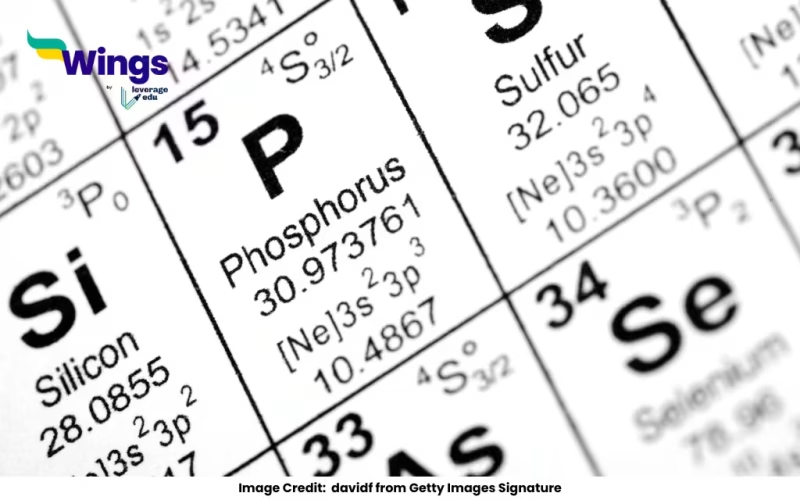The first 30 elements of the periodic table are the foundation of chemistry and essential to understanding matter and chemical reactions. These elements include metals, non-metals, and metalloids, each with unique properties and uses across industries such as medicine, construction, and electronics.
Table of the First 30 Elements
| Atomic Number | Element Name | Symbol |
|---|---|---|
| 1 | Hydrogen | H |
| 2 | Helium | He |
| 3 | Lithium | Li |
| 4 | Beryllium | Be |
| 5 | Boron | B |
| 6 | Carbon | C |
| 7 | Nitrogen | N |
| 8 | Oxygen | O |
| 9 | Fluorine | F |
| 10 | Neon | Ne |
| 11 | Sodium | Na |
| 12 | Magnesium | Mg |
| 13 | Aluminium | Al |
| 14 | Silicon | Si |
| 15 | Phosphorus | P |
| 16 | Sulfur | S |
| 17 | Chlorine | Cl |
| 18 | Argon | Ar |
| 19 | Potassium | K |
| 20 | Calcium | Ca |
| 21 | Scandium | Sc |
| 22 | Titanium | Ti |
| 23 | Vanadium | V |
| 24 | Chromium | Cr |
| 25 | Manganese | Mn |
| 26 | Iron | Fe |
| 27 | Cobalt | Co |
| 28 | Nickel | Ni |
| 29 | Copper | Cu |
| 30 | Zinc | Zn |
Why Are These Elements Important?
These 30 elements make up the building blocks of countless compounds and materials:
- Hydrogen (H) is the most abundant element in the universe.
- Oxygen (O) supports life through respiration.
- Iron (Fe) is crucial in manufacturing and biology (hemoglobin).
- Silicon (Si) is a key component in electronics and semiconductors.
- Zinc (Zn) plays an important role in enzyme function and immunity.
Understanding these elements is essential for students, scientists, and professionals in chemistry, biology, physics, and environmental science.
Also Read:
The Term “Myocardium” Belongs To Which System?
What is the name of a baby cow?
What is the area of India in square kilometers?
 60,000+ students trusted us with their dreams. Take the first step today!
60,000+ students trusted us with their dreams. Take the first step today!


 One app for all your study abroad needs
One app for all your study abroad needs










